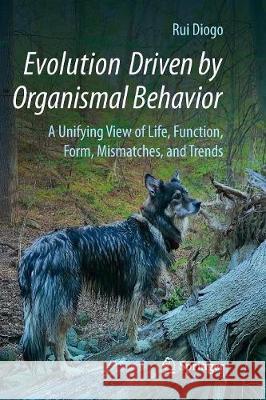Evolution Driven by Organismal Behavior: A Unifying View of Life, Function, Form, Mismatches and Trends » książka
topmenu
Evolution Driven by Organismal Behavior: A Unifying View of Life, Function, Form, Mismatches and Trends
ISBN-13: 9783319837734 / Angielski / Miękka / 2018 / 252 str.
Evolution Driven by Organismal Behavior: A Unifying View of Life, Function, Form, Mismatches and Trends
ISBN-13: 9783319837734 / Angielski / Miękka / 2018 / 252 str.
cena 160,99
(netto: 153,32 VAT: 5%)
Najniższa cena z 30 dni: 154,18
(netto: 153,32 VAT: 5%)
Najniższa cena z 30 dni: 154,18
Termin realizacji zamówienia:
ok. 22 dni roboczych.
ok. 22 dni roboczych.
Darmowa dostawa!
Kategorie:
Kategorie BISAC:
Wydawca:
Springer
Język:
Angielski
ISBN-13:
9783319837734
Rok wydania:
2018
Wydanie:
Softcover Repri
Ilość stron:
252
Waga:
0.38 kg
Wymiary:
23.39 x 15.6 x 1.45
Oprawa:
Miękka
Wolumenów:
01
Dodatkowe informacje:
Wydanie ilustrowane











